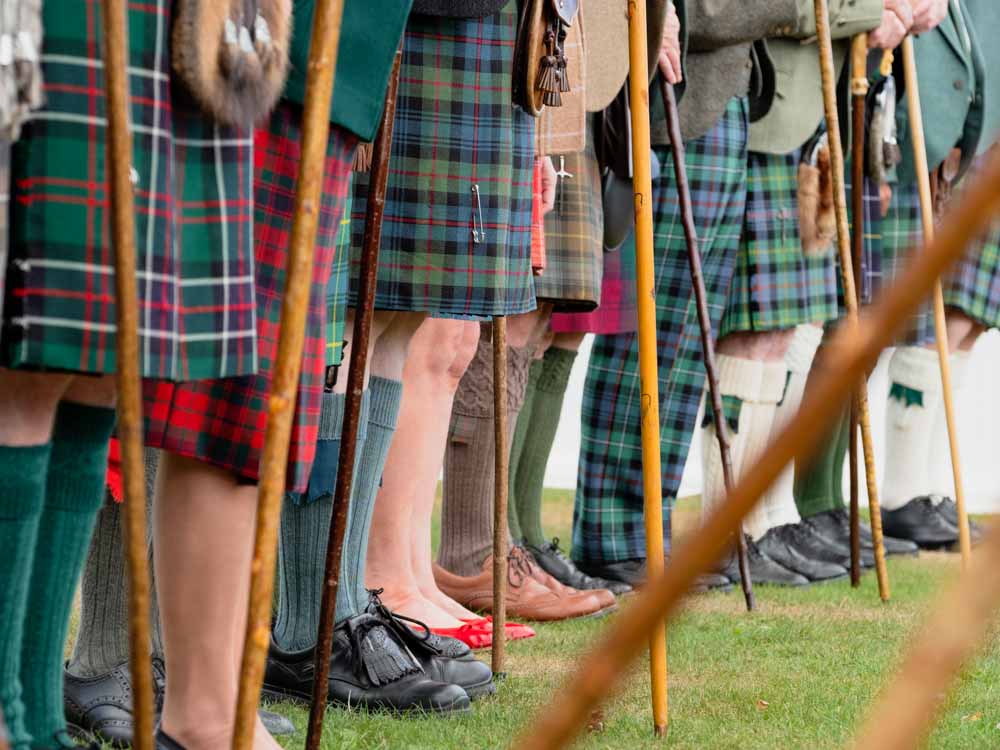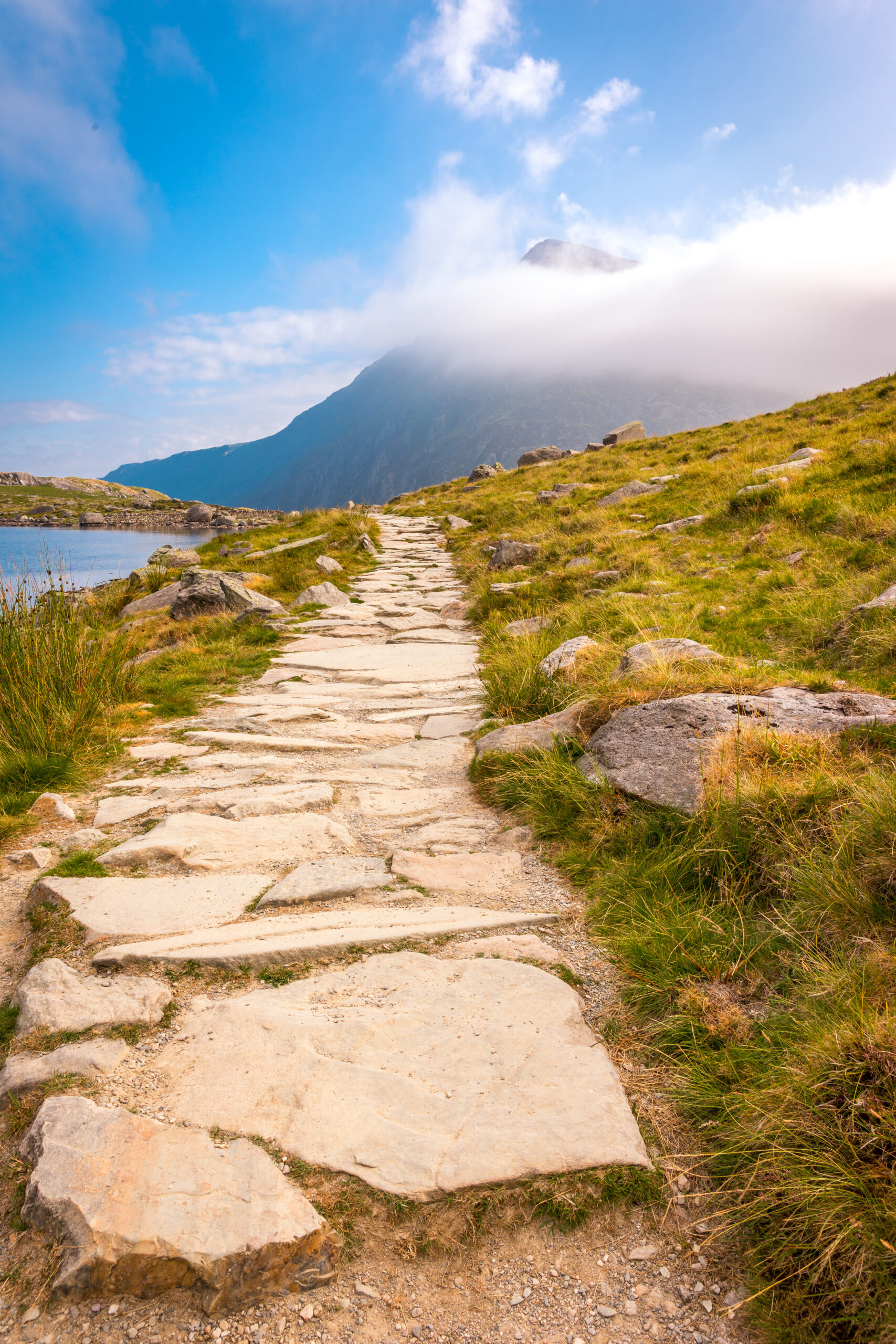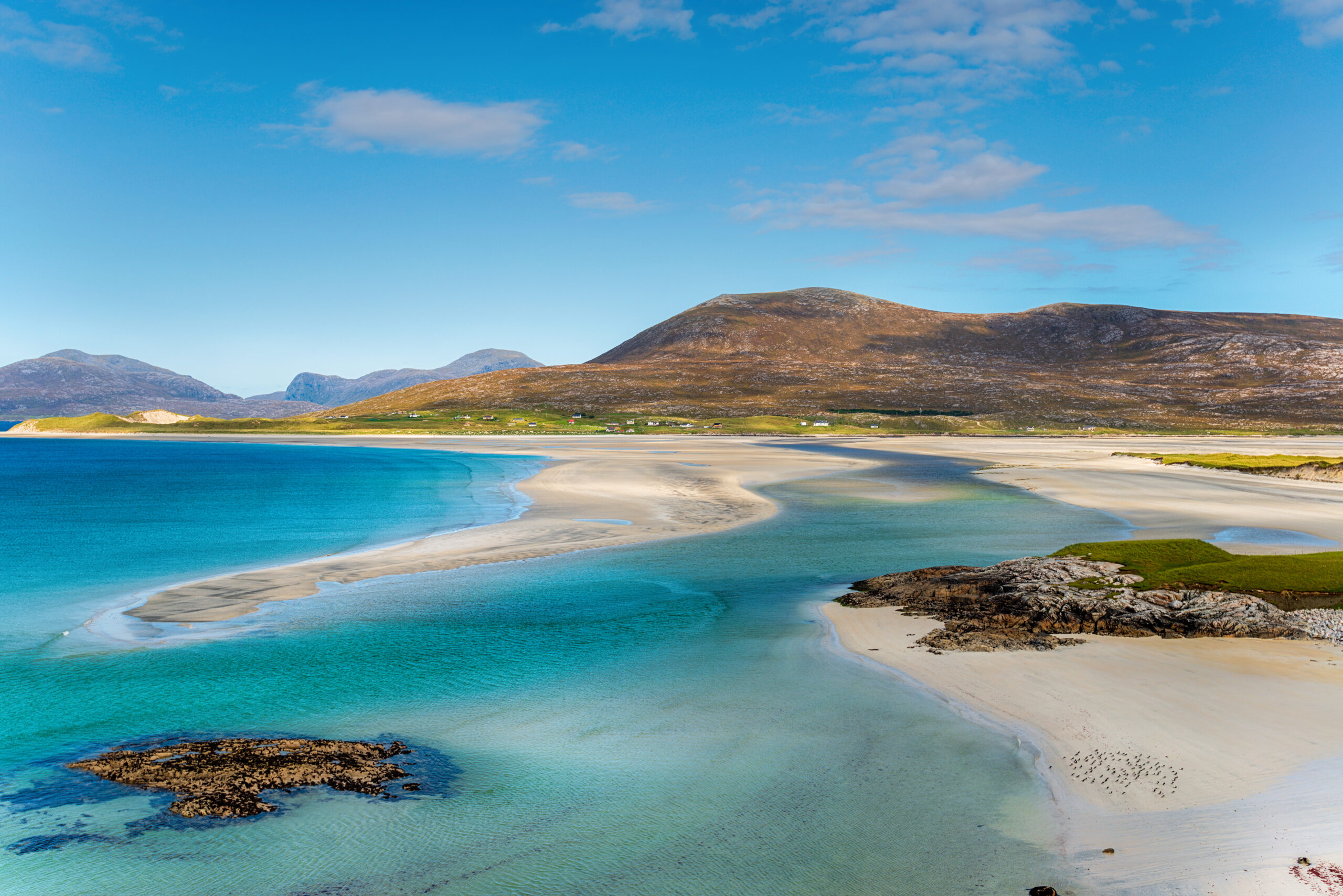Our Guide to Scottish Highland Games
The tradition of the Scottish Highland Games dates back almost 1,000 years, although the games as we know them today have been celebrated throughout Scotland since the 1800s. An event full of tradition, competition and celebration, the Highland Games is a Bucket List experience for many.
Want some insider tips for how to make the most of a trip to the games? Read on for our ‘how to’ guide to the Scottish Highland Games!
The Origins
Some say the tradition of the Scottish Highland Games originated in the 11th century when King Malcolm III wanted to find the fastest runner in the land to become his courier, so called a foot race to the summit of Creag Choinnich, near Braemar.
The Braemar Gathering which formed from this race remains one of the most popular Highland Games, as well as one of the longest standing. Conveniently located just a short hop from Balmoral Castle, the Scottish home of the royal family, the Braemar Gathering was awarded Royal Patronage by Queen Victoria and is still regularly attended by members of the royal family including Queen Elizabeth, making it perfect for a bit of royal-spotting.
One highlight of the local community calendar, the games present a rare chance for communities to gather and socialise, but also to test and celebrate the skill, strength and endurance of each Scotsman.
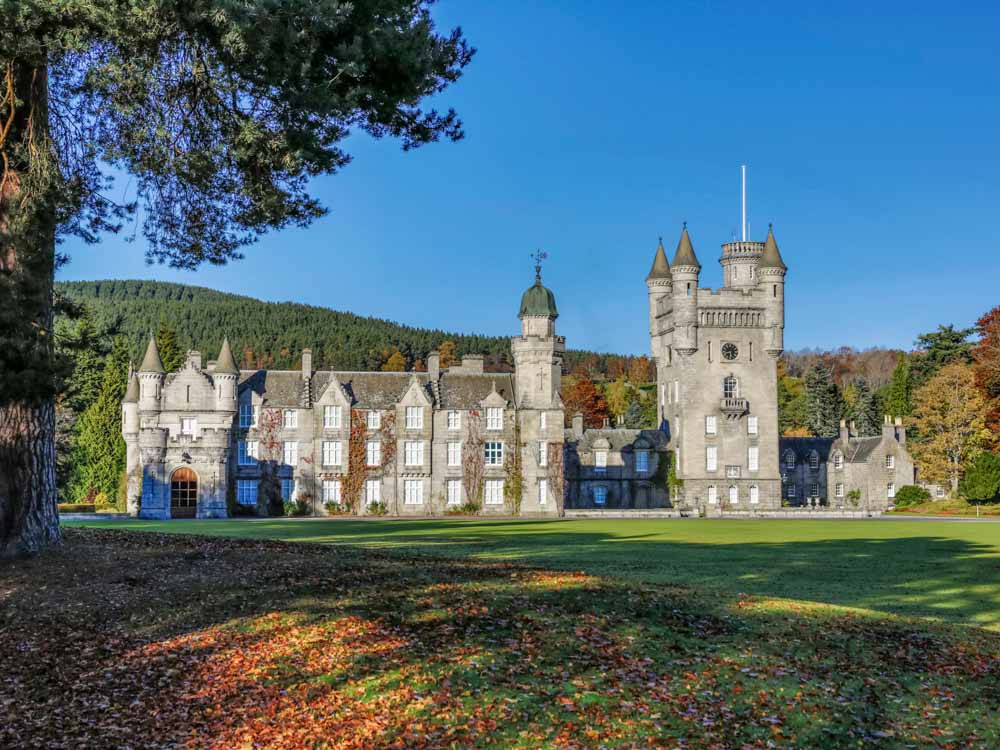
Watch the Events
Each community includes a slightly different combination of events in their Highland Games, with many hosting pre and post-games ceilidhs to keep the festivities going long into the night (usually fuelled by more than a little whisky!).
The events fall into two main categories: heavy contests and field events. Heavy contests are the events where you’ll generally see people who’d look at home on a rugby field competing in, and the name is a bit of a give-away. They include events such as the hammer throw and the caber toss, perhaps one of the most iconic and well-recognised.
The caber toss is said to have its origin in the crofting tradition of the Highlands, when crofters felling trees needed a way to transport the tree trunks across large streams. Instead of taking the long way round, they simply tossed them over the stream so that they turned over their end and landed on bank on the other side. The event you’ll find today at almost every Highland Games aims to replicate this practice, and is popular with participants and spectators alike.
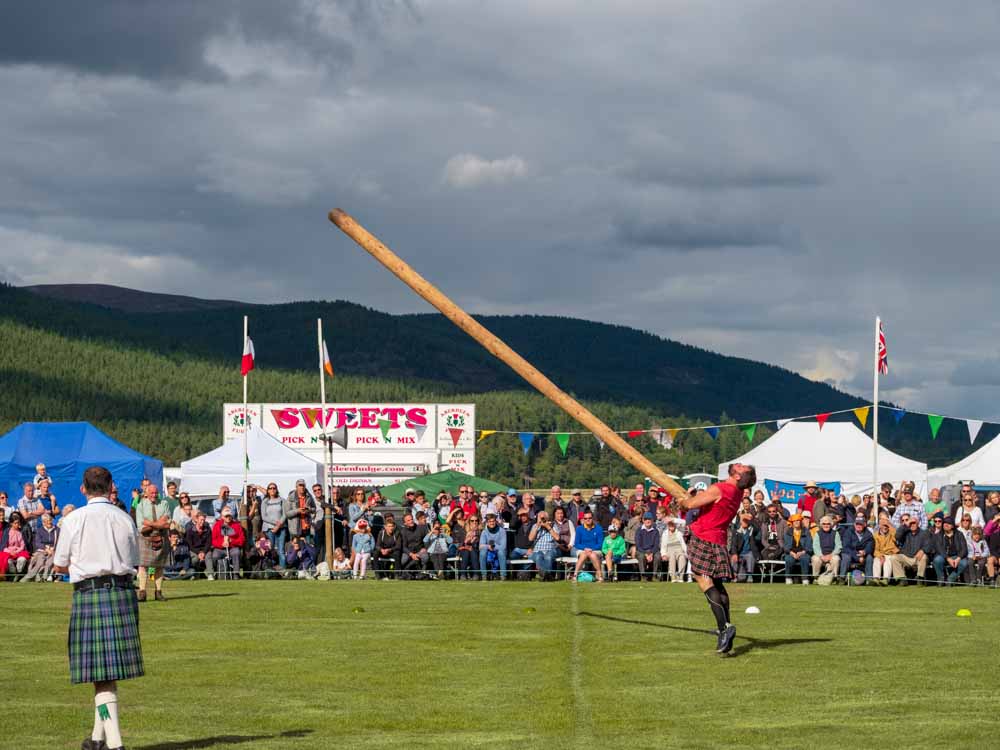
Heavy contest events are designed to test strength and muscle power, and originated from the days when rival clans would compete to prove their strength and readiness for battle. In contrast to this display of pure brawn, field events like the hill race – which pays homage to the games’ alleged origins – and cycling competitions test endurance and speed.
A safe distance away from the heavy objects being lodged in their direction you’ll find Highland dancers nimbly twirling with precision and agility. Originally an all-male event with women only permitted to enter in the late nineteenth century, Highland dancing is now one of the most female-dominated events.
The dancer’s grace and power is awe-inspiring, as they flawlessly execute famous dances like the Sword Dance (with real swords!) or the Highland fling, accompanied by the bagpipes.
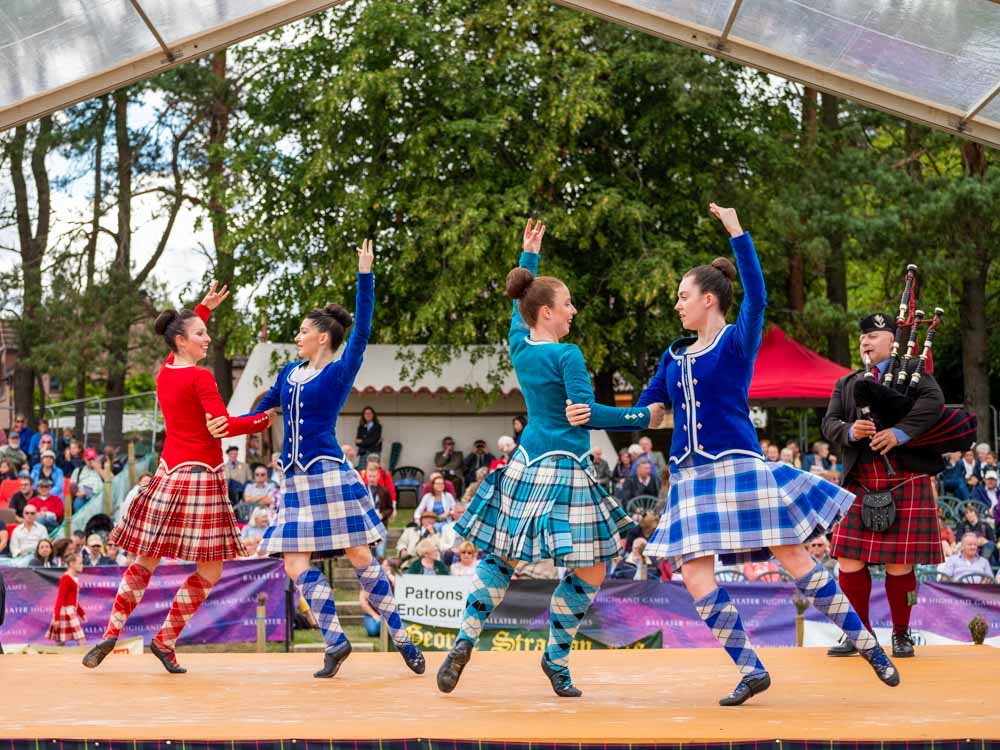
My personal favourite events are those that you’ll literally be able to hear from a mile away – the pipes and drums competitions. Growing up in Scotland the sound of the bagpipes almost always accompanied special events like Hogmanay, weddings and school dances, and their stirring tones still give me a wonderful thrill.
Be sure to catch the massed bands playing, either parading through the streets to the start of the games or officially closing them. All of the pipe bands who compete against one another march and play together – the sound they create is absolutely phenomenal and will raise more than a few hairs on your arms.
If throwing heavy objects long distances and dancing over swords for fun wasn’t already seeming a bit strange, prepare yourself for the really weird events. The Kiltie Dash is a running race open to everyone on the field wearing a kilt, and at the Highland Games that’s usually a lot of people!
There’s even a haggis hurling competition, where participants send Scotland’s national food of a stuffed sheep’s stomach soaring through the air as far as possible. Climbing atop a platform which is usually constructed from an overturned whisky barrel, competitors simply throw the haggis as far as possible.
If throwing haggis isn’t your cup of tea, there are even competitions to decide who can eat a whole haggis in the fastest time with the current record standing at 70 seconds!
Go With an Appetite
Many Highland Games have a food and drink section, with displays of fantastic local Scottish produce, often unique to the region you are visiting. This is a fantastic opportunity to indulge your taste buds in the delicious produce Scotland has to offer whilst supporting vital local businesses.
The firm favourites of haggis and black pudding will almost certainly be on offer, usually alongside fish and chips – a must if you’re on the coast as the fish will likely be fresh from the boats that day.
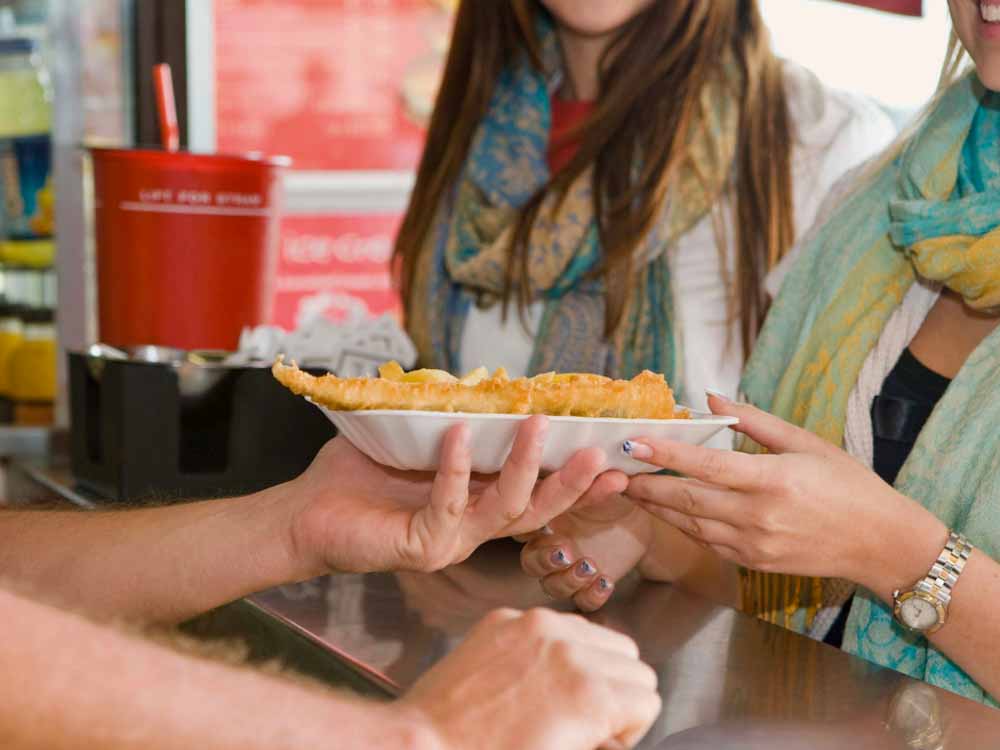
Scottish cheeses like Ayrshire Dunlop are famous for their unique flavours, and I think are best enjoyed simply with some oatcakes and washed down by Scottish beer like those brewed at Eden Mill in St Andrews.
Homemade cakes and plenty of tea are also sure to feature, so leave plenty of room in your stomach (and your bag) to stock up on delicious treats.
Learn the Local Lingo
Chances are that at some point during your time in Scotland, you’ll come across someone with a very thick Scottish accent and will catch about half of what they say. This definitely still happens to me and I’ve lived in Scotland all my life! To help prevent the awkward moment, why not brush up on a bit of the local lingo before you head to a Highland Games?
– Dram – a measure of whisky
– Ben – a mountain e.g. Ben Nevis
– Glen – a valley
– Caber – the large log used in the game of ‘tossing the caber’
– Ceilidh – a traditional Scottish dance
– Guid – good
– Slàinte! – cheers!
– Sgian dubh – a decorative knife worn tucked into socks when wearing Highland dress
– Wee – small
– The Chieftain of the Games – the role of the Chieftain was originally to look after the welfare of his clan, acting as head of this very large family. Today every Highland Games has a Chieftain who is the ceremonial face of the day, welcoming important guests and presenting prizes.
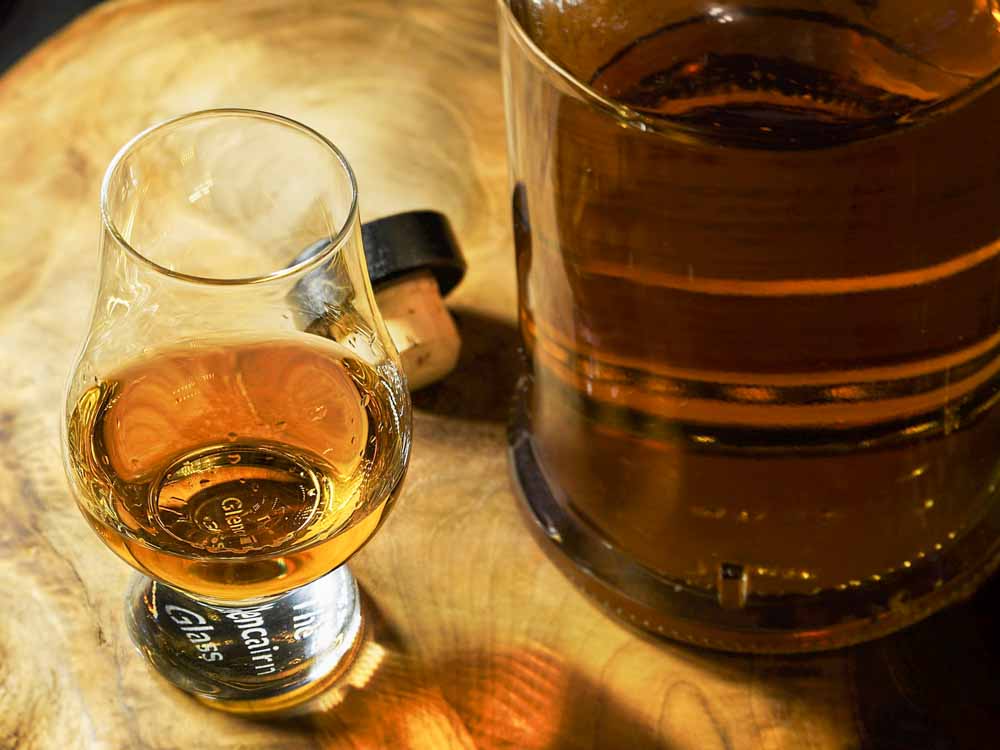
Choose your Favourite Tartan
Competitors and spectators alike will be decked out in kilts of their clan tartan (or just the one they liked the look of if theirs is anything like my family’s…). The Scottish Highland Games Association states that all competitors in open heavy events must wear a kilt when they compete, but you’ll be glad to hear that most now wear shorts under their kilts, both for warmth and to protect their modesty.
You may want to learn a bit about the history of the Scottish Clans before attending the Highland Games, and keep an eye out for your favourite clan’s tartan, or you could go on looks alone. My personal favourite is the Royal Stewart tartan.
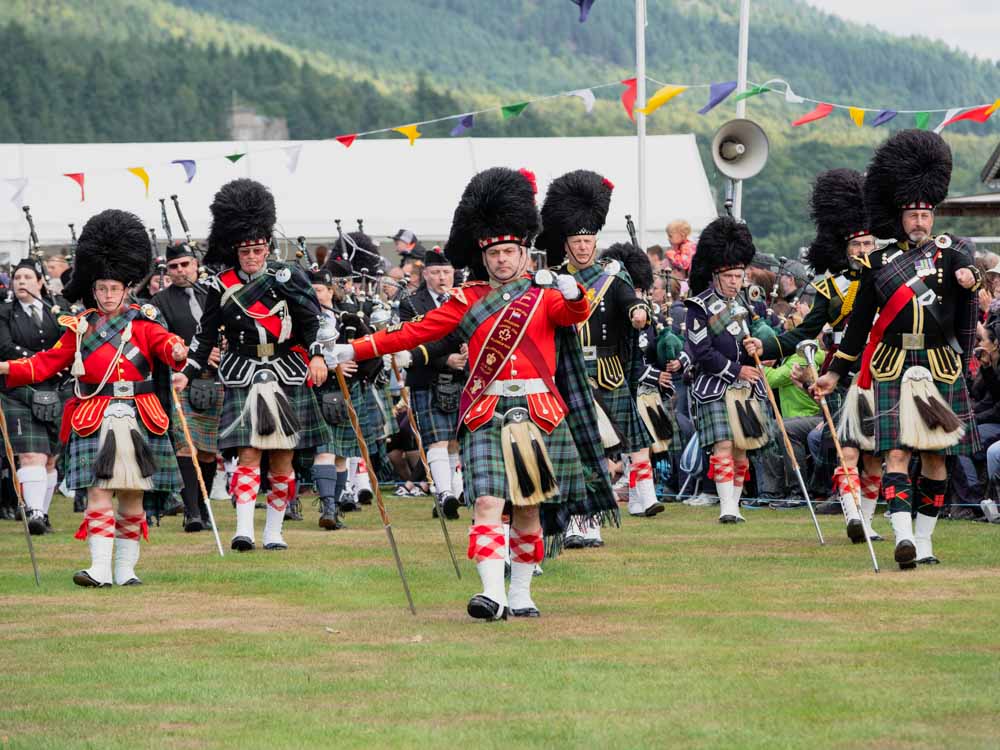
Enjoy the Scenery
It’s well known that Scotland has some of the most stunning scenery in the world, and you can find Highland Games in wonderfully picturesque settings. The most westerly point on the British mainland, Durness, hosts its Highland Games each year with the backdrop of windswept cliffs and aquamarine waters.
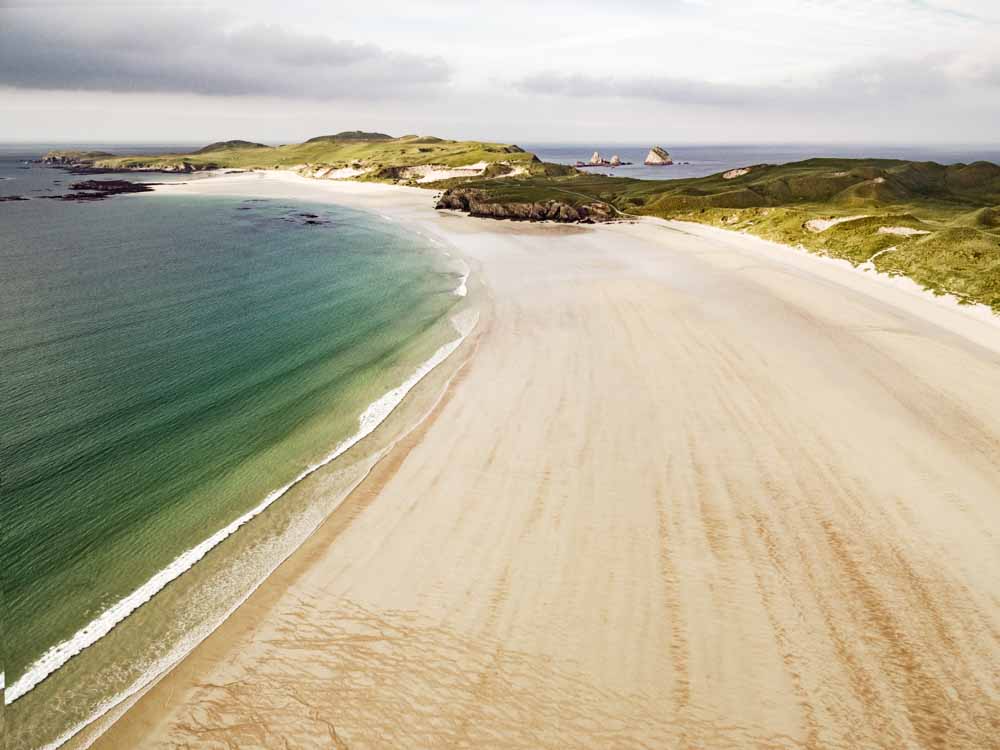
Not quite so far afield, Luss is nestled into the banks of Loch Lomond and is just a short drive away from both Glasgow and Edinburgh. With a setting of beautiful mountains and a famous loch to boot, these Highland Games have a lot going for them.
Grab a Friend and Go!
Highland Games take place throughout Scotland from June to September each year, and you really can’t go wrong with which games you attend as each is wonderfully unique with its own spin on tradition. Choose from large games like the Inverness Highland Games to smaller local affairs such as the Arisaig Highland Games, and you’ll find a warm Scottish welcome at each.
For a full list of Highland Games across the country, take a look at VisitScotland’s events page.
If you would like to visit a Highland Games (or two), check out our award-winning self-drive itineraries and send us an enquiry. We’d love to help you plan an unforgettable Scottish escape.
